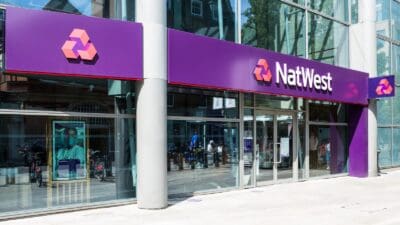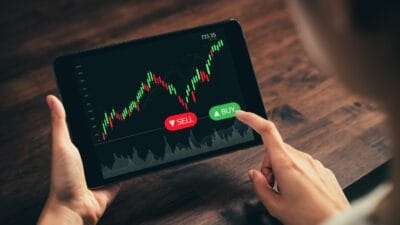The ability to calculate the reliability of dividends is absolutely crucial for investors, not only for evaluating the income generated from your portfolio, but also to avoid a share-price collapse from stocks where payouts are slashed.
There are a variety of ways to judge future dividends, and today I am looking at GlaxoSmithKline (LSE: GSK) (NYSE: GSK.US) to see whether the firm looks a safe bet to produce dependable payouts.
Forward dividend cover
Forward dividend cover is one of the most simple ways to evaluate future payouts, as the ratio reveals how many times the projected dividend per share is covered by earnings per share. It can be calculated using the following formula:
Forward earnings per share ÷ forward dividend per share
GlaxoSmithKline is anticipated to provide a dividend of 74.5p per share in 2013, according to broker estimates, with earnings per share for this period forecast to come in at 116.2p. This means that dividend cover works out at 1.6 times prospective earnings, below the widely-regarded security threshold of 2 times.
Free cash flow
Free cash flow is essentially how much cash has been generated after all costs and can often differ from reported profits. Theoretically, a company generating shedloads of cash is in a better position to reward stakeholders with plump dividends. The figure can be calculated by the following calculation:
Operating profit + depreciation & amortisation – tax – capital expenditure – working capital increase
The pharma giant registered free cash flow of £2.05bn in 2012. This was down more than 50% from £4.14bn in the prior 12-month period, with a significant fall in operating profit — to £7.38bn from £7.81bn — weighing on cash flow. An increase in capex costs, allied to the phasing of tax payments, also caused the heavy deterioration.
Financial gearing
This ratio is used to gauge the level debt a company carries. Simply put, the higher the amount, the more difficult it may be to generate lucrative dividends for shareholders. It can be calculated using
the following calculation:
Short- and long-term debts + pension liabilities – cash & cash equivalents
___________________________________________________________ x 100
Shareholder funds
GlaxoSmithKline’s gearing readout came out at 192% in 2012, leaping from 72% in the previous year. This was primarily due to net debts advancing to £14.04bn last year from £9bn in 2011, driven by ongoing legal action in the US and the purchase of its HGS division for £2bn. As well, cash and cash equivalents fell during the period, while shareholder funds also dipped in 2012.
Buybacks and other spare cash
Here I’m looking at the amount of cash recently spent on share buybacks, repayments of debt and other activities that suggest the company may in future have more cash to spend on dividends.
GlaxoSmithKline is currently engaged in an active share repurchase programme, and has pencilled in buybacks worth between £1bn and £2bn for the current year. This is down from £2.5bn purchased in 2012 but still represents a meaty sum.
Typical of all pharmaceutical operators, GlaxoSmithKline devotes huge amounts of capital to R&D — as well as bubbly work on the acquisition front — to develop a fruitful product pipeline.
This is a theme hastened by the problem of major product expirations in recent times which has damaged revenue growth. Thus capex outlay should continue heading northwards. The company is aiming to introduce 15 key products across the globe over the next three years, in a bid to ‘grow a diversified global business’ and ‘deliver more products of value’.
The prescription for prize dividends
I believe that this devotion to innovation and expansion should deliver increasingly-appetising earnings growth, a situation which should undergird solid dividend expansion. The company boasts a stellar record of increasing full-year payouts even in times of earnings pressure, and I fully expect payments to roll relentlessly higher looking ahead.
And for the current year, the firm is ready to produce a dividend yield of 4.4% in 2013, if City estimates prove correct. This signals a very decent return compared with the FTSE 100 average of 3.3%.
The inside track to hot stocks growth
If you already hold shares in GlaxoSmithKline and are looking to significantly boost your investment returns elsewhere, check out this special Fool report, which outlines the steps you might wish to take in order to become a market millionaire.
Our “Ten Steps To Making A Million In The Market” report highlights how fast-growth small-caps and beaten-down bargains are all fertile candidates to produce ten-fold returns. Click here to enjoy this exclusive ‘wealth report’ — it’s 100% free and comes with no obligation.
> Royston does not own shares in GlaxoSmithKline.







